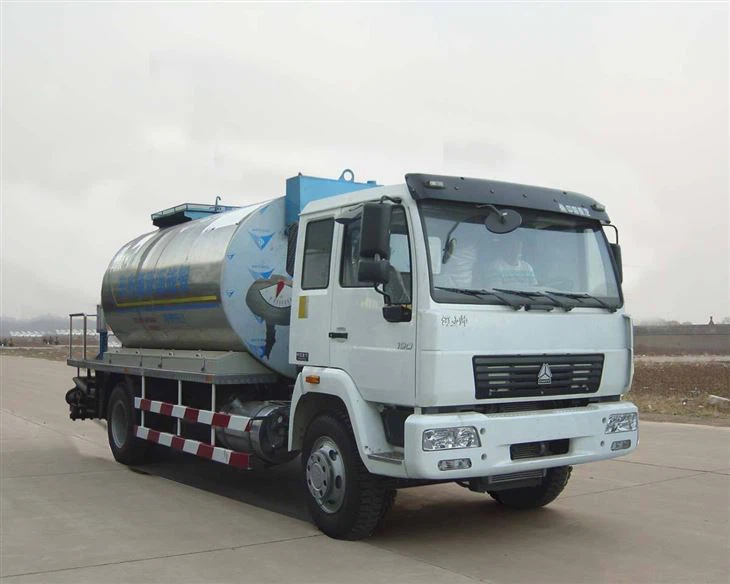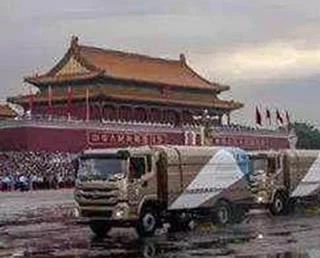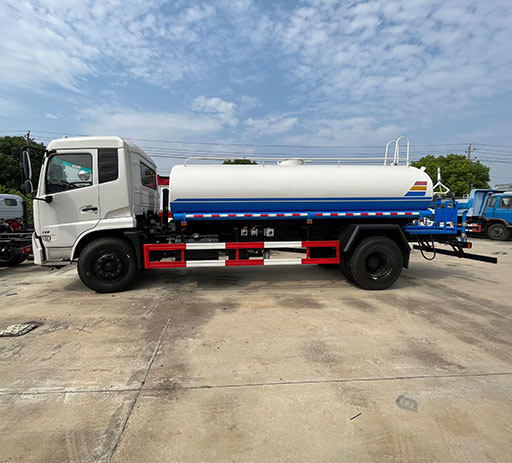Everything You Need to Know About Landfill Tippers

Introduction
Landfill tippers play a vital role in waste management and environmental sustainability. These heavy-duty machines are designed to efficiently unload waste materials into landfills, making them essential in keeping our communities clean and organized. This article covers everything you need to know about landfill tippers, including their types, functionalities, benefits, maintenance tips, and much more. Whether you are a waste management professional, a local authority, or simply curious about the machinery involved in waste disposal, you will find this guide informative and useful.
What is a Landfill Tipper?
Definition and Purpose
A landfill tipper is a specialized vehicle or piece of equipment used to transport and unload waste materials into a landfill site. By utilizing tipping mechanisms, these machines can efficiently deposit materials, minimizing the risk of spillage and promoting better organization within disposal sites.
Types of Landfill Tippers
There are generally two main types of landfill tippers: rear tippers and side tippers.
| Type | Description | Use Case |
|---|---|---|
| Rear Tipper | A vehicle that tips the load out at the back. | Best suited for standard landfill operations. |
| Side Tipper | A vehicle that tips the load out from the side. | Ideal for tight spaces where rear unloading is not feasible. |
How Do Landfill Tippers Work?

Mechanism of Operation
Landfill tippers operate using hydraulic systems. When the operator initiates the tipping process, hydraulic cylinders lift the container and tilt it, allowing the contents to slide out. This process requires precision and control to ensure that the waste material is deposited accurately without causing environmental contamination.
Loading Process
Before unloading, landfill tippers must be properly loaded. This involves ensuring that the waste materials are distributed evenly to prevent tipping hazards during transport. It is essential to follow safety protocols during the loading process, including wearing PPE (Personal Protective Equipment) and using proper loading equipment.
Benefits of Using Landfill Tippers
Efficiency and Speed
Landfill tippers significantly enhance waste management efficiency. Their ability to quickly unload large volumes of waste reduces the amount of time spent at the landfill site, allowing for faster operation.
Safety Compliance
Using landfill tippers adheres to health and safety regulations. The tipping mechanism minimizes manual handling of waste, thus reducing the risk of injuries among workers.
Environmental Impact
By promoting organized waste disposal, landfill tippers help prevent contamination of nearby environments, preserving the ecosystem around landfill sites.
Choosing the Right Landfill Tipper
Considerations for Selection
When selecting a landfill tipper, consider the following factors:
- Weight Capacity: Ensure the tipper can carry the type and weight of waste you handle.
- Durability: Look for strong materials that can withstand harsh operating conditions.
- Maneuverability: Opt for a design that can navigate through your specific waste management environment.
Cost Analysis
Investing in a landfill tipper involves evaluating the upfront purchase costs versus long-term operational savings. Consider factors such as fuel efficiency, maintenance requirements, and operational longevity.
Maintenance Tips for Landfill Tippers
Routine Maintenance
Regular maintenance is crucial for keeping landfill tippers in optimal working condition. Follow a check-up schedule that includes:
- Oil Changes: Change oil as per manufacturer recommendations.
- Hydraulic Fluid Checks: Ensure hydraulic fluid levels are adequate before operation.
- Tire Maintenance: Inspect tires for wear and maintain correct pressure.
Common Repairs
Some common repairs that might be needed include:

- Hydraulic system leaks
- Electrical system issues
- Frame damage from overloading
Real-World Examples of Landfill Tippers in Action
Case Study: City A’s Waste Management Program
City A implemented a modern landfill tipping system, investing in new rear tippers. The program reported a 30% increase in waste processing efficiency and a significant reduction in workforce injuries.
Practical Tips for Efficient Waste Disposal
To enhance your landfill tipping operations:
- Train operators thoroughly to handle machinery safely.
- Use technology to monitor load weights and prevent overloading.
- Regularly communicate with your waste management team regarding best practices.
FAQs About Landfill Tippers
What materials can be transported by landfill tippers?
Landfill tippers are designed to transport a variety of waste materials, including municipal solid waste, construction debris, and recyclable materials.
How long do landfill tippers typically last?
The lifespan of a landfill tipper can vary widely based on usage and maintenance but typically ranges from 10 to 15 years.
Are there specialized landfill tippers for hazardous waste?
Yes, there are specialized tippers designed to transport hazardous waste materials safely, equipped with additional safety features and containment systems.
What safety equipment should operators wear when using landfill tippers?
Operators should wear hard hats, gloves, high-visibility vests, and steel-toed boots, along with any additional PPE as required by the site.
Can landfill tippers be used in adverse weather conditions?
While landfill tippers can operate in various weather, extreme conditions like heavy snowfall or flooding may hinder performance and safety.

How can I improve the efficiency of my landfill tipping operations?
To enhance efficiency, ensure regular training for operators, maintain equipment properly, and adopt advanced technologies for monitoring and managing waste loads.
